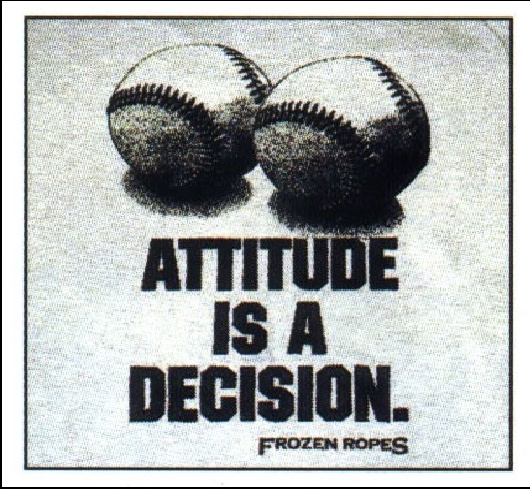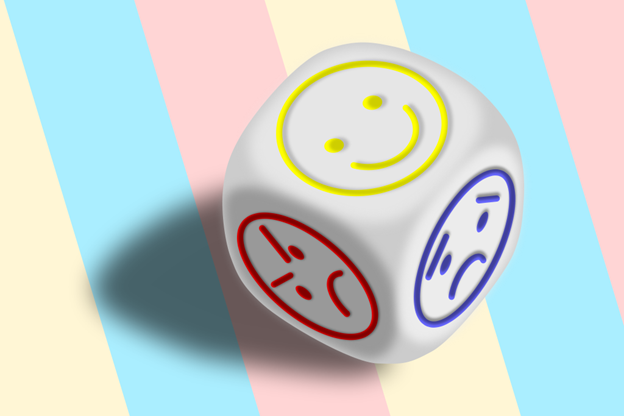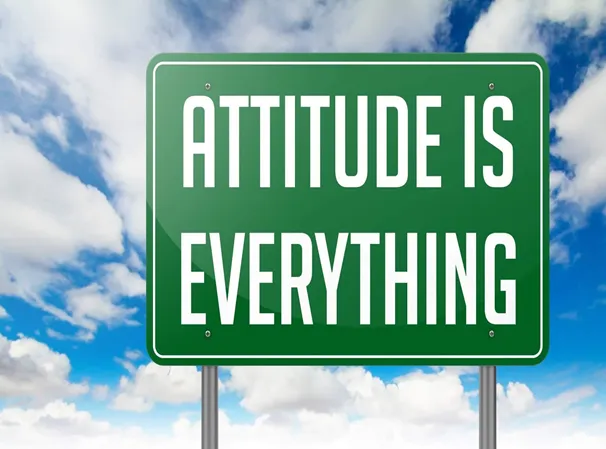Psychologists accept that attitude is what influences all our actions and what determines our general outlook on life. As W. Clement Stone so eloquently and concisely expressed, “There is very little difference in people, but that little difference makes a big difference. The little difference is attitude.” Most of those who participated in an April TIPP Poll can readily relate to Stone’s point because they too recognize the importance of attitude
Are There Differences in How People View the Importance of Attitude?
The majority see a direct link between attitude and performance. Interestingly, the poll reflected that the older you are, the more you hold on to your belief that attitude is linked to a person’s performance. Of those who are 45 and older, 96% think this. But of those between 18 and 24, only 76% link attitude to performance.
Somewhat interesting is that those who earn $75K or more a year hold this belief more than those who make less money. Hmm, could that be a coincidence of the age difference?

Let’s look at those survey respondents by age who believe attitude affects performance:
- 65 and older - 96%
- 45-64 - 90%
- 25-44 - 83%
- 18-24 - 76%
While the national TIPP Poll suggests the important role that attitude plays in our lives, there appears to be some misunderstandings peeking out of the statistics about attitude, especially when it comes to whether attitude is the same as mood.
Are Attitude and Mood the Same?

A lot of confusion exists here. Returning to our TIPP Poll, survey respondents were asked if they thought attitude and mood were the same and surprisingly close to 50% said “yes.” Upon closer examination, however, differences in opinion were distinct among age groups :
Those who believe that attitude is the same as mood by age group:
- 18-24 - 54%
- 25-44 - 58%
- 45-64 - 45%
- 65 and older - 39%
It seems the younger you are, the more you think that attitude and mood are the same.
To eliminate any confusion and to straighten things out, it’s important to point out that attitude and mood aren’t the same. In simple terms, mood is an emotional state and is more on the surface of our consciousness than is our attitude. Mood is more external, situational, and can easily be changed- much like the weather, whereas attitude is like climate. Mood is “worn on the sleeve” and can simply be interpreted by others, whereas attitude is more internal. You have to intentionally communicate for someone to know your attitude. That’s why the two shouldn’t be confused.
Tips For Getting Rid of a Bad Mood
Since mood is within our control, with some effort, we can change a bad mood. Here are two tips for doing that:
You might find it effective to simply talk yourself out of a bad mood and kind of “shake it off,” as some might say. For instance, a senior manager in the telecommunication industry said that when he wakes up in a bad mood, he reminds himself that he’s got to have a positive influence over the many people he interacts with daily at work. So, before he leaves his home, he tells himself, “I can’t come to work in a toxic mood, and if I don’t change it, no one else is going to; so, get a grip.” And it works for him!
Others have found it helpful to engage in an activity they can complete rather easily to create a success or add value. It could be as simple as doing something nice for someone else. For instance, while driving, letting someone in your lane when the traffic is backed up and congested or a simple gesture like offering to get somebody a snack from the company cafeteria. It could be as trivial as completing a small task that you’ve been putting off, such as responding to an email or writing a thank you note. When it’s done, you feel a sense of accomplishment. The act of “shaking it off” or taking action to add value typically results in dissipating the bad mood. Now, that’s taking control!!!
So, even though you’d like to believe that others are to blame for your mood or attitude, the truth is that you can totally control both. Others can only influence them.
Deb
It’s time to surround yourself with Pro-Achievers by getting your team members to each buy a copy --
THE PRO-ACHIEVEMENT PRINCIPLE now:

$1.00 for each book bought goes to the Tunnel to Towers Foundation.

ICYMI
Last week, we ran a four-part series on the topic of breaking up big technology companies. Here are the articles.














